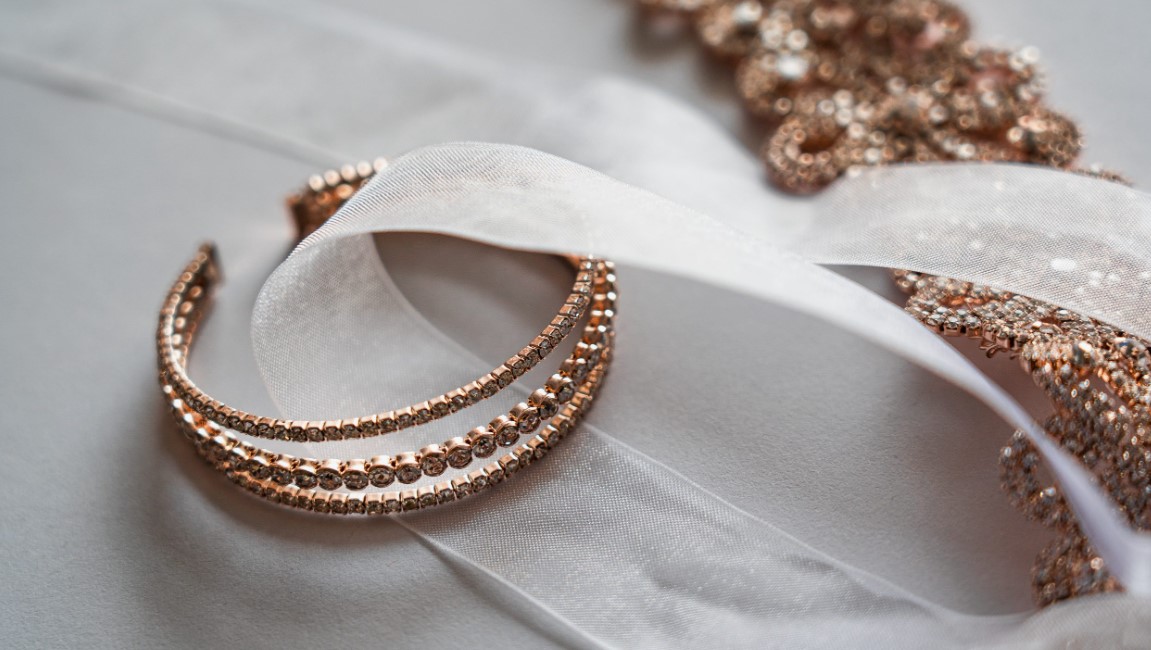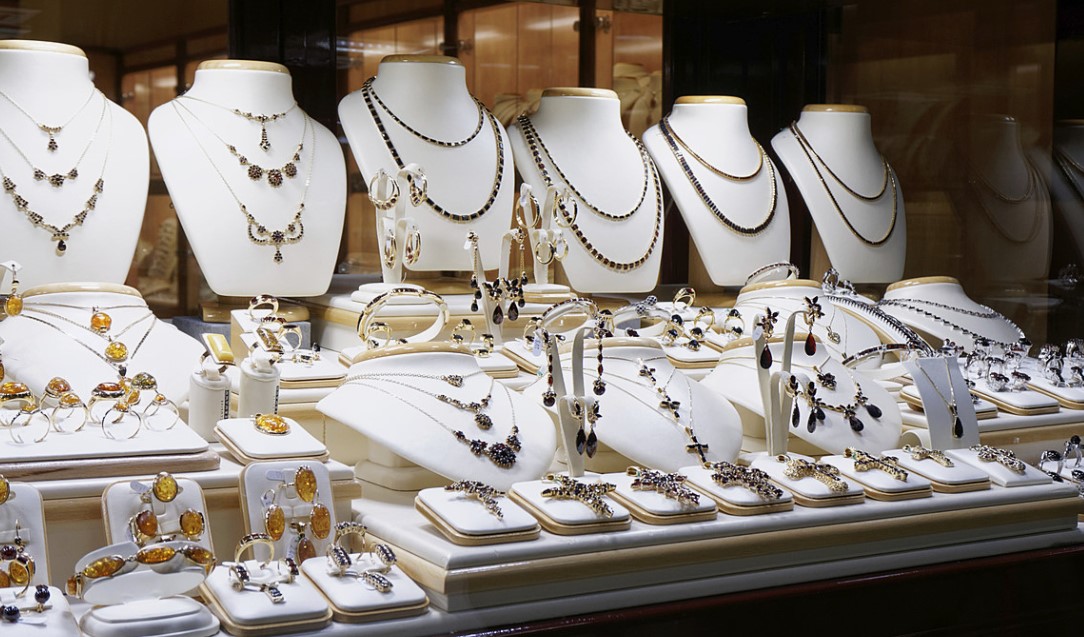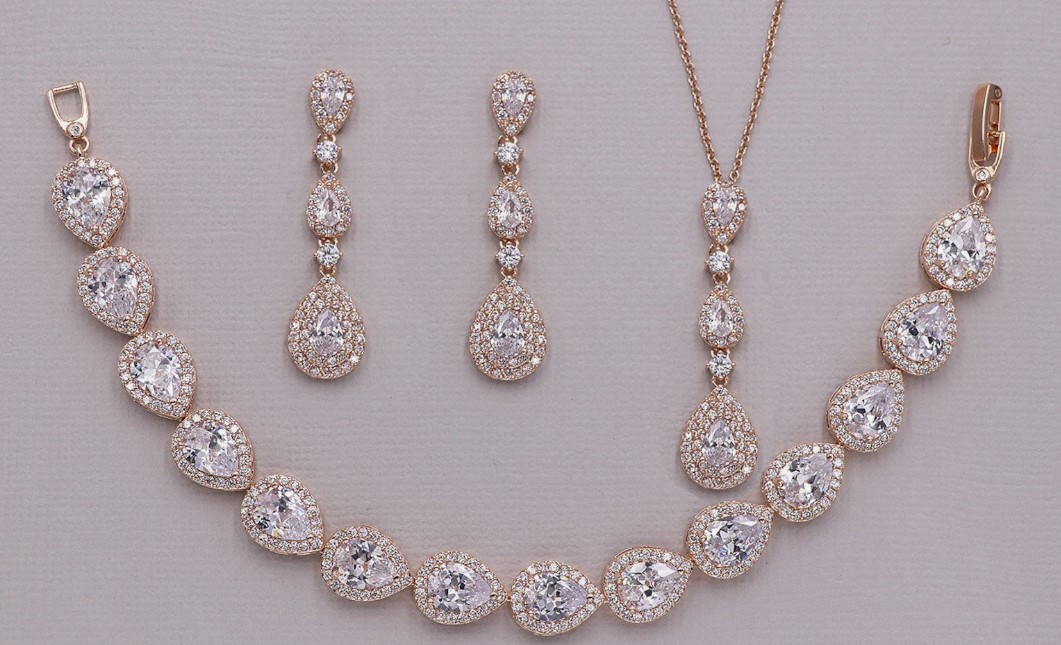The History of Jewelry: An Intricate Journey Through Time
Jewelry, encompassing rings, earrings, bracelets, necklaces, and brooches, has been a symbol of human culture and adornment for millennia. Often crafted from precious materials such as gold jewellery Dubai, silver, and gemstones, jewelry serves decorative purposes and denotes social status and power. Even simpler costume jewelry, made from less expensive materials, reflects the jeweler’s craftsmanship. This article delves into the fascinating history of jewelry, exploring its evolution from ancient to modern times.
Prehistoric Beginnings
The roots of jewelry trace back to prehistoric times. The earliest known pieces were created by European Neanderthals, with evidence found in southeastern Spain, where jewelry made from ostrich eggs dates back approximately 115,000 years. These early adornments signify a nascent human desire for self-decoration and possibly social differentiation.
Further discoveries highlight the widespread use of jewelry in ancient cultures. In Kenya and Russia, archaeologists unearthed marble rings and bone beads dating back 40,000 years, indicating a more advanced understanding of materials and design. These artifacts suggest that early humans valued personal adornment and possibly used these items as trade goods or markers of social status.

Ancient Egypt: Symbols of Power
The earliest evidence of jewelry in Egypt dates from around 3,000 to 5,000 years ago. Egyptian jewelry, predominantly made from gold, symbolized political and religious power. Gold was revered for its association with the gods and the afterlife. Egyptians also used jewelry in funerary rituals, placing elaborate pieces in tombs to ensure the deceased were well-equipped for the afterlife.
The Egyptians were masterful in using gold, gemstones, and colored glass. They created intricate designs that featured symbols of their gods, animals, and natural elements. Amulets were widely used and believed to provide protection and blessings to the wearer. Famous pieces, such as the treasures found in Tutankhamun’s tomb, showcase the skill and artistry of ancient Egyptian jewelers.
Ancient Greece: Craftsmanship and Symbolism
Jewelry in ancient Greece, dating back to 1600 BC, showcased advanced techniques such as casting and wire twisting. By 300 BC, the Greeks adorned their jewelry with stones like amethysts, emeralds, and pearls. These pieces were often reserved for special occasions and gifts, symbolizing status and beauty. Jewelry also had protective qualities, believed to shield the wearer from evil and bestow supernatural powers.
Greek jewelry often depicted scenes from mythology and featured motifs such as the Gorgon, lions, and eagles. The use of granulation and filigree added texture and complexity to their designs. Greek women wore jewelry to signify their wealth and status, while men used it to display their achievements and honors.
The Roman Empire: Diverse Materials and Designs
Roman jewelry was diverse, with brooches being particularly popular. These accessories served practical and protective purposes, warding off evil eyes and forces. Romans used various materials, including gold, bronze, and bone, often decorated with precious stones like sapphires, diamonds, and emeralds.
The Romans were innovative in their jewelry-making techniques, introducing glass into their designs. They also popularized the cameo, a method of carving images into gemstones. Roman jewelry was heavily influenced by the cultures they conquered, incorporating elements from Greek, Etruscan, and Egyptian designs. Jewelry was used to display wealth, commemorate victories, and participate in religious practices.

The Renaissance: Jewelry as Art
The Renaissance marked a significant shift in jewelry design, with trade flourishing across Europe. Jewelry began to be seen as art, incorporating gemstones from far-off lands such as emeralds from Colombia and amazonite from Brazil. This period saw significant advancements in jewelry craftsmanship, notably during Napoleon’s reign.
During the Renaissance, jewelry was not only a symbol of wealth but also a means of artistic expression. Jewelers experimented with new techniques and materials, creating intricate pieces often featuring religious and mythological themes. The Medici family of Florence, known for their patronage of the arts, played a significant role in the advancement of jewelry during this period. Portraits from the era often depict members of the nobility adorned with elaborate necklaces, brooches, and rings.
The 18th and 19th Centuries: Romanticism and the Industrial Revolution
The late 18th century saw a romantic resurgence in jewelry design, inspired by archaeological discoveries and medieval and Renaissance art. The Industrial Revolution diversified the jewelry market, leading to the rise of costume and high-end pieces. Renowned jewelry houses like Tiffany (USA), Cartier (France), and Bvlgari (Italy) were established during this period.
Enamel techniques flourished, adding vibrant colors to jewelry. Renowned artists like René Lalique became famous for their intricate designs featuring orchids, lilies, swans, peacocks, snakes, and dragonflies. Post-World War I, jewelry styles became more realistic and less ornate.
The Victorian era saw jewelry reflecting personal sentiments, with lockets, mourning jewelry, and pieces featuring the hair of loved ones becoming popular. The Art Nouveau movement brought new artistry to jewelry design, emphasizing natural forms and flowing lines. This period also saw the rise of mass production, making jewelry more accessible to a broader audience.
The 20th Century: Modernization and Mass Production
Between 1920 and 1950, jewelry design simplified, reflecting the era’s minimalist aesthetic. The influence of Walter Gropius and the German Bauhaus movement led to the use of new materials like plastics and aluminum. Mastery of technique became more important than the material itself, democratizing jewelry and making it accessible to the masses.
Art Deco jewelry, characterized by geometric shapes and bold colors, emerged in the 1920s and 1930s. Platinum and diamonds became prevalent, creating sleek and sophisticated designs. The mid-20th century saw the rise of costume jewelry, popularized by designers like Coco Chanel, who introduced affordable yet stylish pieces to complement high fashion.

Contemporary Jewelry: A Blend of Tradition and Innovation
Today, jewelry remains significant in global cultures, blending traditional craftsmanship with modern innovation. The Middle East, known for its sophistication and wealth, has significantly influenced the international jewelry market. The region’s rich heritage and opulent designs inspire contemporary jewelry, ensuring that the art of adornment remains vibrant and evolving.
Technological advancements have revolutionized jewelry design and production. 3D printing, laser cutting, and computer-aided design (CAD) have expanded the possibilities for intricate and personalized jewelry. Ethical considerations like conflict-free diamonds and sustainable materials are increasingly important to consumers. Jewelry today reflects a balance of artistry, technology, and social responsibility.
Conclusion
Jewelry’s rich history underscores humanity’s enduring desire to adorn, signify status, and express individuality. From the ancient Neanderthals to the modern-day, jewelry has been a testament to human creativity, culture, and craftsmanship. As we look to the future, the evolution of jewelry continues to captivate and inspire, maintaining its timeless allure in a rapidly changing world.
“Stop chasing the money and start chasing the passion.”
— Tony Hsieh
